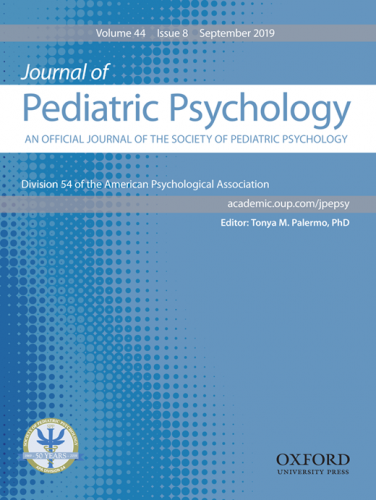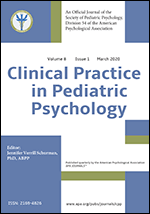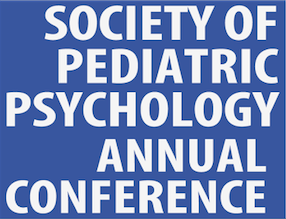Fact Sheet: Sleep
Sleep is an essential part of growth and development for young children, with all aspects of functioning (physical, emotional, cognitive and social) negatively impacted by insufficient or disrupted sleep. That said, sleep problems are extremely common, in particular for young children who often experience frequent night wakings and bedtime problems such as bedtime stalling or refusal. Although sleep problems in young children can become chronic, they are also highly treatable.
Prevalence and Course
Bedtime problems and night wakings are common in young children, affecting 20-30 percent of infants, toddlers, and preschoolers, with higher rates in children with chronic illness or developmental disorders. While sleep problems often become chronic, and may not resolve on their own, bedtime problems and night wakings are highly treatable, emphasizing the need for preventive education, screening, and intervention.
Health and Psychosocial Consequences
The impact of insufficient or disrupted sleep crosses all aspects of child development, including cognitive development, mood regulation and child health, as well as parental and family functioning.
Evidence-based Assessment
A comprehensive assessment of sleep should include questions about sleep patterns (bedtime, wake time, nap time), sleep continuity (sleep onset latency, frequency and duration of night wakings, total sleep time), bedtime/nap routines (e.g., reading, singing, screen time) and the sleep environment (e.g., cosleeping, technology in the bedroom), bedtime behaviors (e.g., bedtime stalling or refusal), parental responses to bedtime problems and night wakings, symptoms of intrinsic sleep disorders (e.g., snoring, sleep terrors), and daytime functioning (e.g., sleepiness, irritability). Prospective sleep diaries, screening questionnaires, and multidimensional sleep measures are clinically relevant assessment tools.
Evidence-based Interventions
There are a number of empirically validated and highly efficacious treatments for bedtime problems and night wakings in young children. Evidence-based treatments designed both to prevent and treat sleep problems exist. All are generally based on behavioral principles and strategies; many treatments have extinction-based procedures as their foundation. Common goals for the different behavioral treatments emphasize establishing a child’s ability to fall asleep independently and the parent’s ability to set consistent and appropriate limits.
Culture, Diversity, Demographic and Developmental Factors
Higher rates of sleep problems in non-White children have been reported in a small number of studies. However, few studies have examined the impact of race and SES on the treatment of bedtime problems and night wakings. More research is needed to understand how environmental and sociocultural factors impact sleep in young children. Developmental factors, in particular age, play a significant role in bedtime problems and night wakings.
Resources
- www.babysleep.com – resource for patients/families for children ages 0 to 3 years, includes brief videos of international pediatric sleep experts providing information about different behavioral sleep interventions, as well as number pages of information about normal sleep across development
Author: Lisa Meltzer, PhD
Date of last update: September 2019
References
- Beebe, D.W. (2011). Cognitive, behavioral, and functional consequences of inadequate sleep in children and adolescents. Pediatr.Clin.North Am., 58,649-665.
- Lewandowski, A.S., Toliver-Sokol, M., & Palermo, T.M. (2011). Evidence-based review of subjective pediatric sleep measures. J.Pediatr.Psychol., 36, 780-793.
- Meltzer, L.J. (2010). Clinical management of behavioral insomnia of childhood: treatment of bedtime problems and night wakings in young children. Behav.Sleep Med., 8, 172-189.
- Meltzer, L. J. (in press). Assessment of sleep in children, adolescents, and young adults. In E. A. Youngstrom, M. J. Prinstein, E. J. Mash, & R. A. Barkley (Ed.), Assessment of Childhood Disorders, 5th Edition. New York: Guilford Press.
- Meltzer, L.J. & Crabtree, V.M. (2015). Pediatric Sleep Problems: A Clinician’s Guide to Behavioral Interventions. Washington, DC.: APA Books.
- Meltzer, L.J. & Mindell, J.A. (2014). Systematic review and meta-analysis of behavioral interventions for pediatric insomnia. J.Pediatr.Psychol., 39, 932-48.
- Mindell, J.A., Kuhn, B. R., Lewin, D.S., Meltzer, L.J., Sadeh, A., & Owens, J.A. (2006). Behavioral treatment of bedtime problems and night wakings in infants and young children. Sleep, 29, 1263-1276.
- Mindell, J.A. & Owens, J.A. (2015). A clinical guide to pediatric sleep: Diagnosis and management of sleep problems. (3rd ed.) Philadelphia, PA: Lippincott, Willians, & Wilkins.
- Schwichtenberg, A.J., Abel, E.A., Keys, E., & Honaker, S.M. (2019). Diversity in pediatric behavioral sleep intervention studies. Sleep Medicine Reviews, 47, 103-111.



